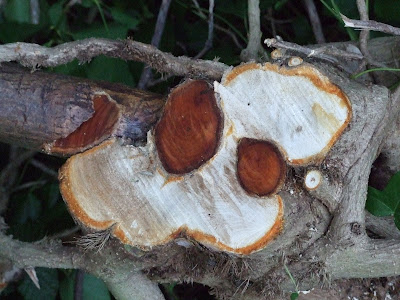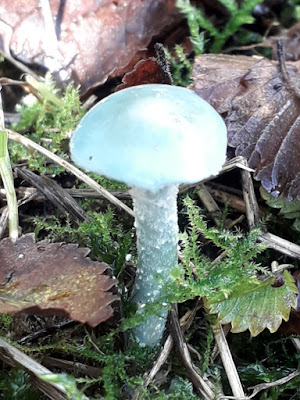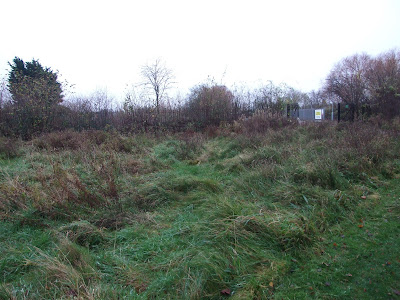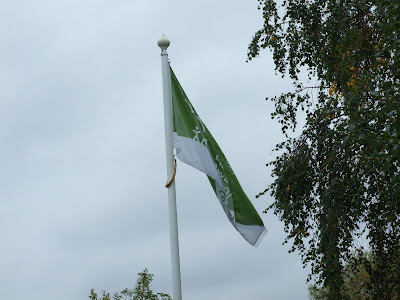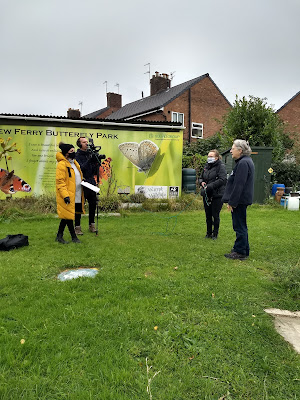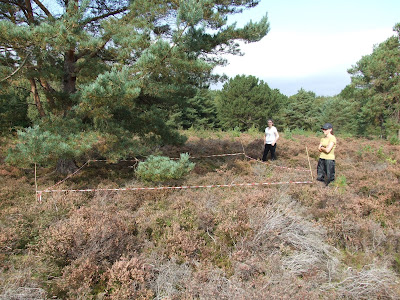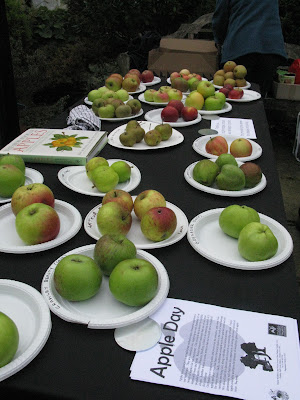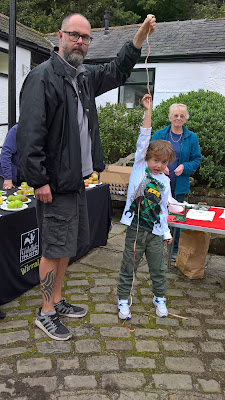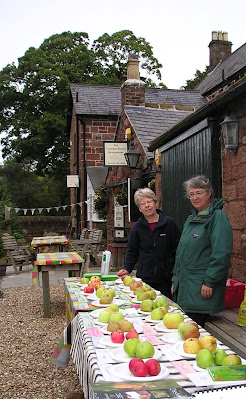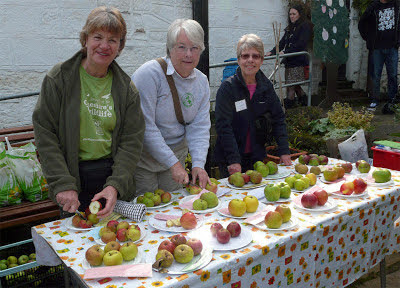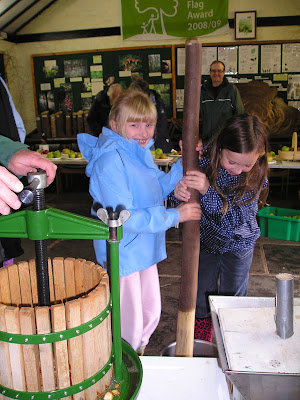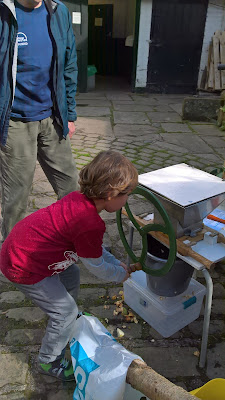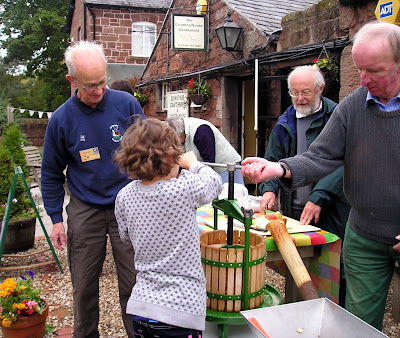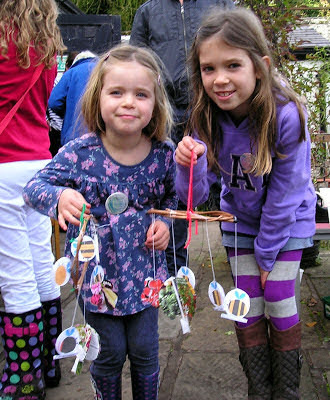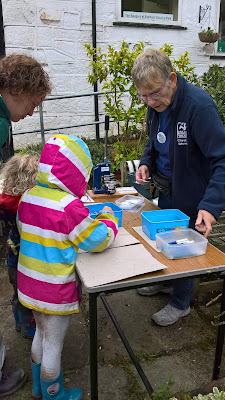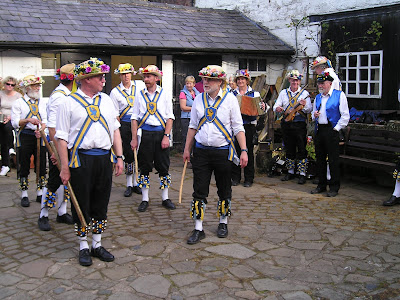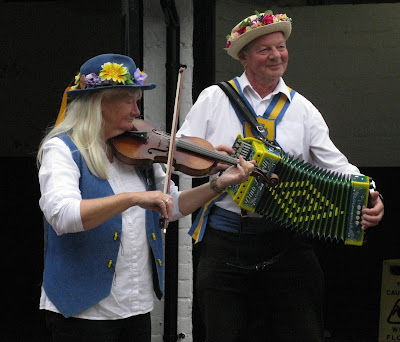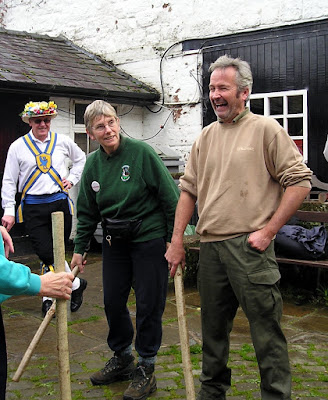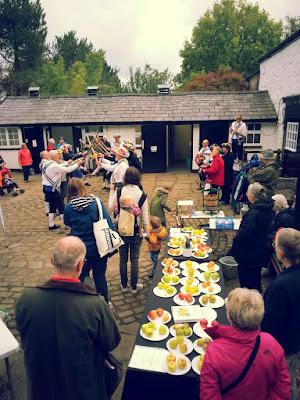 |
| Autumn at Cleaver Heath |
It’s been a strange autumn here. The leaves are being prematurely ripped from the branches by a series of gales and a sequence of showery periods has contributed to some flooded paths.
Of course, the weather has not been the only complication in getting conservation work started this year - COVID has played its part. We need guaranteed dry spells for carrying out stump treatment within the heather panels but we also need a number of willing volunteers to help with that and other routine task such as birch and gorse coppicing. We have nevertheless been able to carry out some COVID-safe jobs working independently in the fresh air. Even if the socialising aspect is a bit restricted, I found many volunteers grateful for the excuse to get out, spend time in a nice place and help the environment.
 |
Common lizards found during the survey at Cleaver Heath
|
So, what else has been happening at Cleaver since the summer newsletter? The Common Lizard survey has drawn to a close. There were a total of 16 sightings between July and September. The good news was that most of the sightings were juveniles including some quite tiny ones. So we have breeding lizards at Cleaver. Less good news was that the sightings were confined to one particular panel east of the main path. Strangely, there were no sightings in the many refugia deployed in the less frequented areas of the reserve. We will be pondering this when planning future surveys.
 |
Butterflies and spider web at Cleaver Heath
|
As summer moved into autumn there were still quite few second brood butterflies on the wing. As well as large numbers of whites we had regular sightings of Holly Blues (top right), plenty of Red Admirals feeding on holly flowers (bottom left) and a nice Small Copper seen right at the end of September (top left). On the colder bright mornings, much of heather was adorned with ‘hammock’ spider webs (bottom right) as well as the more conventional concentric circle webs.
 |
| Fungi in the woodland at Cleaver Heath |
Lots of fungi are to be seen in any walk round the reserve these days. The path through the south woodland area had lot of Earthballs (genus Scleroderma) like the ones shown on the top left here. The others are all from the Amanita genus: continuing clockwise Tawny Grisette (A fulva), Blusher (A rubescens), Fly Agaric (A muscaria)…. I think!
 |
Long-tailed tits
|
On the bird front, there was a spell in September when the now less frequent Easyjet and Ryanair flights tracking over our house and the reserve were replaced by skeins of Pink Feet all heading for the Dee. Their musical calls as they agree final landing arrangements are always a welcome sign of autumn. The tits are starting to go around in flocks, especially the Long-tailed Tits whose gang sizes are growing. Redwing and Fieldfares have been appearing around Wirral but I have not yet spotted any in the reserve or in my garden. We had a very good, early crop of Rowan berries which the Mistle Thrushes and Blackbirds finished off in short order, leaving nothing much for the other winter thrushes. On a couple of mornings we observed 8 Mistle Thrushes at a time on the garden Rowan.
 |
Mistle thrush
|
Following the increased footfall through Cleaver, particularly on sunny Sundays, a member recruitment officer from the Trust visited recently and had some success showing that the face-to-socially-distanced-face recruitment still works. This is Will Robinson pictured in a brief spell between his sign-up activities and bird spotting. As a keen birder he particularly enjoyed his day out even with his mask on.
 |
| Will Robinson, Cheshire Wildlife Trust Member Recruitment Officer |
Here is my usual seasonally-updated photo of the reserve entrance. Do you notice that the gate has finally been painted to match the railings?
 |
Cleaver Heath entrance
|
Alan Irving
Volunteer Reserve Warden for CWT
Cleaver Heath
November 2020
